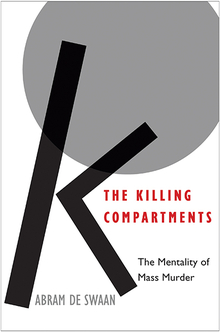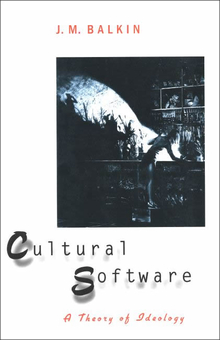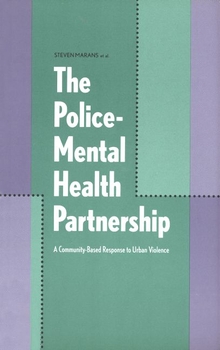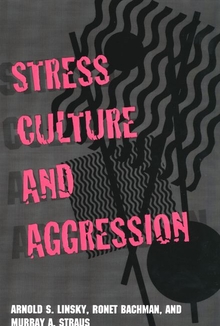The Killing Compartments
WARNING
You are viewing an older version of the Yalebooks website. Please visit out new website with more updated information and a better user experience: https://www.yalebooks.com
The Mentality of Mass Murder
Abram de Swaan
An incisive exploration of why acts of mass annihilation take place and how people become mass killers
By historical standards, the early years of the twenty-first century have been remarkably peaceful. Only rarely are people killed by their own kind, and only very, very rarely are they killed by other animals, microorganisms excepted. Nevertheless, even though the statistics should reassure, many people worry about lone killers, murderous gangs, and terrorist bands. At the same time, most people are vaguely aware that even in this relatively calm era, wars have made countless victims.
Yet mass violence against unarmed civilians has claimed three to four times as many lives in the past century as war: one hundred million at least, and possibly many more. These large-scale killings have required the efforts of hundreds of thousands of perpetrators. Such men (and almost all were males) were ready to kill, indiscriminately, for many hours a day, for days and weeks at a stretch, and sometimes for months or even years.
Unlike common criminals who work outside the mainstream of society, in secret, on their own or with a few accomplices, mass murderers almost always worked in large teams, with full knowledge of the authorities and on their orders. Without exception, they operated within a supportive social context, most often firmly embedded in the institutions of the ruling regime. Unlike terrorists, the mass murderers usually did not want their deeds to be widely known.
How people are enrolled in the service of evil is a question that lies at the heart of this trenchant book. The subject here is mass annihilation—that is, massive, asymmetric violence at close range, where killers and victims are in direct confrontation. Abram de Swaan offers a taxonomy of mass violence that focuses on the rank-and-file perpetrators, examining how murderous regimes recruit them and create what De Swaan calls the “killing compartments” that make possible the worst abominations without apparent moral misgiving, without a sense of personal responsibility, and, above all, without pity.
De Swaan wonders where extreme violence comes from and where it goes—seemingly without a trace—when the wild and barbaric gore is over. And what about the perpetrators themselves? Are they merely and only the product of external circumstance? Or is there something in their makeup that helps them become mass murderers? Drawing on a wide range of disciplines, including sociology, anthropology, political science, history, and psychology, De Swaan sheds light on an urgent and seemingly intractable pathology that continues to poison peoples all over the world.
By historical standards, the early years of the twenty-first century have been remarkably peaceful. Only rarely are people killed by their own kind, and only very, very rarely are they killed by other animals, microorganisms excepted. Nevertheless, even though the statistics should reassure, many people worry about lone killers, murderous gangs, and terrorist bands. At the same time, most people are vaguely aware that even in this relatively calm era, wars have made countless victims.
Yet mass violence against unarmed civilians has claimed three to four times as many lives in the past century as war: one hundred million at least, and possibly many more. These large-scale killings have required the efforts of hundreds of thousands of perpetrators. Such men (and almost all were males) were ready to kill, indiscriminately, for many hours a day, for days and weeks at a stretch, and sometimes for months or even years.
Unlike common criminals who work outside the mainstream of society, in secret, on their own or with a few accomplices, mass murderers almost always worked in large teams, with full knowledge of the authorities and on their orders. Without exception, they operated within a supportive social context, most often firmly embedded in the institutions of the ruling regime. Unlike terrorists, the mass murderers usually did not want their deeds to be widely known.
How people are enrolled in the service of evil is a question that lies at the heart of this trenchant book. The subject here is mass annihilation—that is, massive, asymmetric violence at close range, where killers and victims are in direct confrontation. Abram de Swaan offers a taxonomy of mass violence that focuses on the rank-and-file perpetrators, examining how murderous regimes recruit them and create what De Swaan calls the “killing compartments” that make possible the worst abominations without apparent moral misgiving, without a sense of personal responsibility, and, above all, without pity.
De Swaan wonders where extreme violence comes from and where it goes—seemingly without a trace—when the wild and barbaric gore is over. And what about the perpetrators themselves? Are they merely and only the product of external circumstance? Or is there something in their makeup that helps them become mass murderers? Drawing on a wide range of disciplines, including sociology, anthropology, political science, history, and psychology, De Swaan sheds light on an urgent and seemingly intractable pathology that continues to poison peoples all over the world.
Abram de Swaan is emeritus university professor of social science at the University of Amsterdam, where he has been a professor of sociology since 1973. He lives in Amsterdam.
“Abram de Swaan is not only an eminent sociologist, but also a graceful and highly cultivated writer. Tackling one of the most horrifying questions of any time, what it is that turns some people into mass murderers, he is incisive, always reasonable, unsentimental, and profoundly humane.”—Ian Buruma
“A strong, wide-ranging contribution to the field of genocide studies, well worth reading.”—Ben Kiernan, author of Blood and Soil: A World History of Genocide and Extermination from Sparta to Darfur
“Extraordinary . . . With a steady gaze, a cool head, and an incisive ability to express the most complex questions in simple and direct language, [Abram de Swaan] has produced a powerful and convincing account of the peculiar social and psychological conditions that give rise to mass murder.”—Stephen Budiansky, Wall Street Journal
“The Killing Compartments is exceptionally clearly written, and the author eschews almost completely the jargon and pseudoscientific labelling of the obvious that is the bane of academic sociology. . . . Mr. de Swaan has dispelled many pernicious myths and offered much clarity and wisdom on a subject whose very enormity would overwhelm most who dared to venture into it.”—Stephen Budiansky, Wall Street Journal Europe
“Insightful . . . [and] compelling.”—Glenn C. Altschuler, Huffington Post
“De Swaan makes a persuasive case.”—Louisa Lombard, Pacific Standard
“A thoroughly researched, authoritative, and well-written study.”—Mark Arnold, Jewish Journal (Salem, Mass.)
“De Swaan makes a compelling effort to be analytical and get at the mechanisms [of mass killings].”—Randan Collins, American Journal of Sociology
“The Killing Compartments [provides] us with some thought-provoking observations.”—Tom Pessah, European Journal of Sociology
ISBN: 9780300208726
Publication Date: January 13, 2015
Publication Date: January 13, 2015
344 pages, 6 1/8 x 9 1/4








